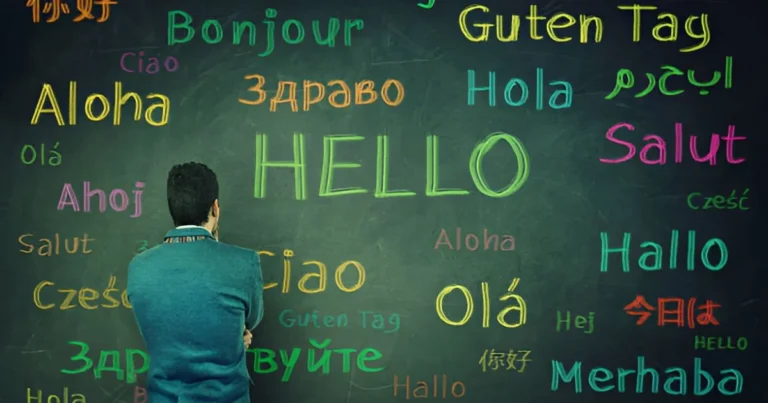The brain’s compass: When the brain misreads the map
Each summer, experienced hikers lose their way in forests or mountains, sometimes just a few hundred meters from a marked trail. Though these disorientations are often temporary, they can quickly turn into life-threatening situations. How can the brain, supposedly capable of reading a map, following a compass, or navigating by the sun, go so drastically off course?
The answer lies beyond a simple lapse in memory. It touches on a core cognitive function: spatial orientation. To find our bearings, the brain integrates sensory inputs, vision, balance, proprioception, with stored spatial memories. This system usually works well in everyday environments. However, it can falter in more unpredictable settings, such as rugged terrain, a lack of visual landmarks, or dense vegetation.
Despite GPS devices, navigation apps, and detailed maps, no one is immune. Nature, with its subtle traps and deceptively familiar landscapes, remains a formidable challenge for our inner compass. So why do we sometimes lose our way, even in well-known areas? And more importantly, can we train our brain to do better?
Inside the brain’s GPS: What guides us in nature
Navigation is far more than just following an arrow. It’s a complex juggling act of mental skills, rotating maps in our mind, visualizing routes, and comparing what we see to what we expected. These processes rely on a network of brain regions: the hippocampus for spatial memory, the parahippocampal cortex for scene processing, parietal areas for sensory integration, and the prefrontal cortex for planning and decision-making.
In the wild, these systems are put to the test. Landmarks shift unexpectedly, distances are deceptive, and the environment offers no standardized cues. To better understand how these mechanisms operate in real-life scenarios, researchers Zhao and Wang from Yunnan University analyzed GPS-tracked hiking routes in a remote area of the Qinghai-Tibet Plateau.
🔗 Read also: Perceiving together: How the brain’s hemispheres share the visual world
By examining the data, they identified zones of uncertainty, spontaneous detours, and preferred paths. Despite the availability of digital tools, hikers often favored the most direct routes or those that followed natural contours, such as valleys or gentle ridgelines. These choices, while not always aligned with the official trail or original goal, reflect a logic of terrain-based adaptation: avoiding steep slopes, bypassing dense foliage, and prioritizing visibility over precision.
Interestingly, most navigation errors occurred at the beginning of the hike and decreased as time went on. This suggests that gradual exposure to the terrain helps the brain recalibrate its internal compass. Such behavior highlights a form of embodied spatial intelligence, an interplay of intention, perception, and real-time adjustment.
From simulation to strategy: Enhancing orientation skills
Studying how hikers navigate in natural environments provides valuable insight into real-world strategies. However, it doesn’t fully reveal the mental processes behind those behaviors. To explore what happens inside the brain when we choose a path, anticipate a fork, or retrace our steps, researchers turn to controlled experimental setups, this is where simulated environments come into play.
Rodriguez-Andres and colleagues tested whether spatial navigation skills operate similarly in real and virtual settings. In their experiment, 60 participants were randomly assigned to one of two groups: the first explored a real building, while the second completed the same task in an immersive 3D simulation of that building. The virtual model replicated dimensions, perspectives, and visual cues with high fidelity.
Their findings revealed that when the virtual environment is rich in visual information and allows for free movement, participants performed just as well as they did in the real world. In both scenarios, core cognitive processes, such as mental rotation, route memorization, and direction maintenance, functioned similarly.
This real-virtual equivalence is more than a novelty. It shows that well-designed digital environments can serve as powerful training tools for spatial skills. They provide safe, controlled, and repeatable settings not only for evaluating orientation abilities but also for enhancing them, whether for individuals facing difficulties, students in educational settings, or professionals in training programs.
🔗 Explore further: When the world distorts: The neuroscience behind Alice in wonderland syndrome
The future of research likely lies in merging these approaches. On one hand, real-world data illuminate spontaneous navigation strategies; on the other, simulations allow us to isolate and refine the underlying mechanisms. By incorporating behaviors observed in nature into virtual design, we can create environments that mirror how people actually perceive terrain. Conversely, virtual tools could help prepare users to face complex outdoor challenges, even before they step outside.
This back-and-forth between lab and wilderness sharpens our understanding of navigation and opens the door to practical applications: individualized training programs, smarter navigation apps, and rehabilitation tools for those with spatial deficits. By combining the precision of digital measurement, the flexibility of virtual landscapes, and the richness of human behavior, neuroscience may be ushering in a new era of “augmented orientation”, both natural and optimized.
References
Pastel, S., Chen, C. H., Bürger, D., Naujoks, M., Martin, L. F., Petri, K., & Witte, K. (2021). Spatial orientation in virtual environment compared to real-world. Journal of motor behavior, 53(6), 693–706.
Zhao, X., & Wang, Y. (2023). Spatial-temporal behaviour of hikers in the southeastern margin of Qinghai-Tibet Plateau: Insights from volunteered geographic information. ISPRS International Journal of Geo-Information, 12(2), 57.








